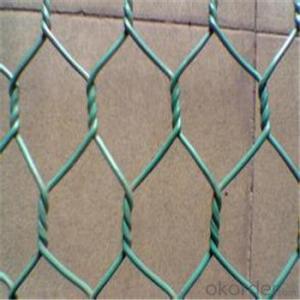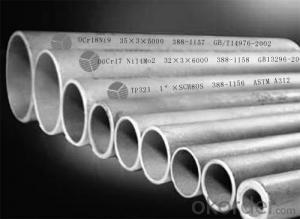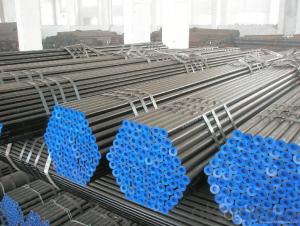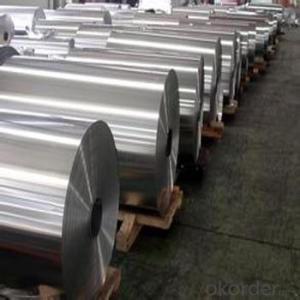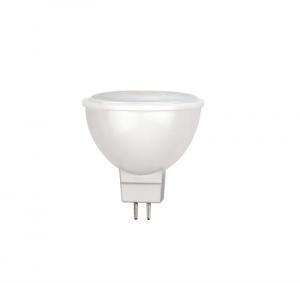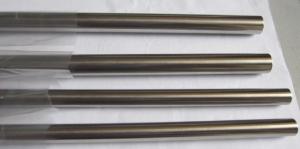3 Stainless Steel Pipe
3 Stainless Steel Pipe Related Searches
Best Paint For Stainless Steel Blanket Insulation For Steel Buildings Primer For Galvanized Steel Foam Filter For Stainless Steel H S Code For Stainless Steel Surface Grinding Wheels For Stainless Steel Surface Grinding Wheels For Hardened Steel Hole Saw For Stainless Steel Paint For Stainless Steel Stainless Steel For BbqHot Searches
Steel Mesh Panels For Sale Price For Stainless Steel Scrap Scrap Price For Stainless Steel Price For Stainless Steel Stainless Steel Tank For Sale Stainless Steel Sheets For Sale Cheap High Tea Sets For Sale Stainless Steel Tanks For Sale Stainless Steel For Sale High Density Fiberboard For Sale Solar Hot Water Collectors For Sale Scaffolding For Sale In Uae Scaffolding For Sale In Ireland Scaffolding For Sale In Houston Type Of Inverter For Solar Price Of Shipping Containers For Sale Types Of Inverter For Solar Stock Price For Aluminum Used Solar Inverter For Sale Steel Mesh Panels For Sale3 Stainless Steel Pipe Supplier & Manufacturer from China
Okorder.com is a professional 3 Stainless Steel Pipe supplier & manufacturer, offers integrated one-stop services including real-time quoting and online cargo tracking. We are funded by CNBM Group, a Fortune 500 enterprise and the largest 3 Stainless Steel Pipe firm in China.Hot Products
FAQ
- There are several advantages of using stainless steel pipes in the automotive industry. Firstly, stainless steel pipes offer excellent corrosion resistance, making them highly durable and long-lasting. This is particularly important in vehicles, as they are constantly exposed to various environmental conditions, such as rain, snow, and road salt. By using stainless steel pipes, manufacturers can ensure that the vehicle's exhaust system and other components remain in optimal condition for a prolonged period. Secondly, stainless steel pipes have remarkable high-temperature resistance. They can withstand extreme heat generated by the engine and exhaust system without corroding or deforming. This makes them ideal for use in various parts of the vehicle, including exhaust manifolds, catalytic converters, and mufflers. Furthermore, stainless steel pipes offer superior strength and impact resistance. They can withstand heavy vibrations and shocks that occur during the vehicle's operation. This is crucial for maintaining the structural integrity of the vehicle and preventing any potential failures or leaks. In addition, stainless steel pipes have excellent formability, allowing them to be easily shaped and fabricated into complex designs. This makes them highly versatile and suitable for various automotive applications, such as fuel lines, coolant systems, and hydraulic systems. Their ability to be easily formed also reduces the need for additional components, leading to cost savings in the manufacturing process. Moreover, stainless steel pipes have aesthetic appeal. They provide a sleek and polished appearance that enhances the overall design of the vehicle. This is particularly important for luxury vehicles and sports cars, where visual appeal plays a significant role in attracting customers. Lastly, stainless steel pipes are environmentally friendly. They have a high scrap value and can be recycled without any loss in quality. This promotes sustainability and reduces the demand for new raw materials, making them an eco-friendly choice for the automotive industry. Overall, the advantages of using stainless steel pipes in the automotive industry include corrosion resistance, high-temperature resistance, strength and impact resistance, formability, aesthetic appeal, and environmental sustainability. These benefits make stainless steel pipes a preferred choice for various applications, contributing to the overall reliability and performance of vehicles.
- The cost of stainless steel pipes can vary depending on several factors. These factors include the size and thickness of the pipes, the grade of stainless steel used, the quantity being purchased, and the current market conditions. Generally, stainless steel pipes are more expensive compared to other materials due to their durability, corrosion resistance, and aesthetic appeal. It is recommended to contact suppliers or manufacturers to get specific pricing information based on your requirements.
- One common method to join stainless steel pipes to other materials is by using welding techniques such as TIG (tungsten inert gas) or MIG (metal inert gas) welding. These welding methods create a strong and durable bond between the stainless steel pipes and the desired material. Additionally, other methods like threaded connections, compression fittings, or flanges can also be used depending on the specific application and requirements.
- Seamless and cold-drawn stainless steel pipes are two different types of stainless steel pipes that vary in their manufacturing processes and properties. Seamless stainless steel pipes are manufactured without any welding or seams. They are made by piercing a solid cylindrical billet or ingot of stainless steel and then rolling it into a hollow tube shape. This seamless manufacturing process ensures that there are no weak points or areas prone to leakage, making seamless pipes highly durable and reliable. They also have a smoother interior surface, which allows for efficient fluid flow and reduces the risk of corrosion. On the other hand, cold-drawn stainless steel pipes are manufactured by pulling or drawing a solid stainless steel billet through a series of dies at room temperature. This process helps in achieving precise dimensions and a smooth surface finish. Cold-drawn pipes are typically used in applications where tight tolerances and a high-quality surface finish are required. They are known for their superior dimensional accuracy, excellent surface finish, and increased strength. In terms of properties, seamless stainless steel pipes offer better resistance to corrosion, higher strength, and increased pressure rating compared to cold-drawn pipes. The absence of welds also makes seamless pipes less prone to cracking or failure under high-pressure environments. On the other hand, cold-drawn stainless steel pipes are known for their excellent surface finish, close dimensional tolerances, and improved mechanical properties, making them suitable for applications that require precise measurements and a smooth appearance. In summary, the main difference between seamless and cold-drawn stainless steel pipes lies in their manufacturing processes, resulting properties, and applications. Seamless pipes are manufactured without any welding or seams, offering better resistance to corrosion and higher strength, while cold-drawn pipes are made by pulling solid stainless steel through dies, providing excellent surface finish, dimensional accuracy, and improved mechanical properties.
- The external coating used for stainless steel pipes can vary, but common options include epoxy, polyethylene, or polypropylene coatings.
- Indeed, food storage tanks can utilize stainless steel pipes. Stainless steel is highly favored as a material for food storage and processing equipment due to its exceptional resistance to corrosion, its long-lasting nature, and its hygienic characteristics. Notably, it remains non-reactive, preventing the release of any hazardous substances into the food, and can endure both high temperatures and strenuous cleaning procedures. Moreover, stainless steel pipes can be effortlessly cleaned and sanitized, thus guaranteeing the adherence to proper food safety standards. Consequently, stainless steel pipes are frequently employed in the construction of food storage tanks to uphold the safety and excellence of the stored food products.
- Stainless steel pipes possess the ability to accommodate both acidic and alkaline fluids. Their exceptional corrosion resistance, a renowned attribute of stainless steel, renders them highly suitable for managing aggressive substances. This notable quality stems from the presence of chromium, which interacts with oxygen and generates a thin protective layer on the steel's surface, effectively halting further corrosion. This passive layer remains steadfast in both acidic and alkaline environments, furnishing long-lasting protection against corrosive fluids. However, the level of corrosion resistance may fluctuate depending on the specific stainless steel grade employed, as well as the fluid's concentration and temperature during transport. Consequently, it becomes crucial to meticulously select the appropriate stainless steel grade and duly consider factors like temperature, concentration, and potential exposure to other corrosive substances when opting for stainless steel pipes for the handling of acidic or alkaline fluids.
- Polyethylene can indeed be used to line stainless steel pipes. It is a widespread practice in numerous industries, such as oil and gas, chemical processing, and water distribution. The utilization of polyethylene lining brings forth numerous advantages, including corrosion resistance, enhanced flow capacity, decreased friction, and improved chemical resistance. The process itself entails the insertion of a polyethylene liner into the stainless steel pipe, followed by heating and expanding it to achieve a secure fit. This lining method effectively shields the stainless steel pipes against corrosion and prolongs their durability.
















